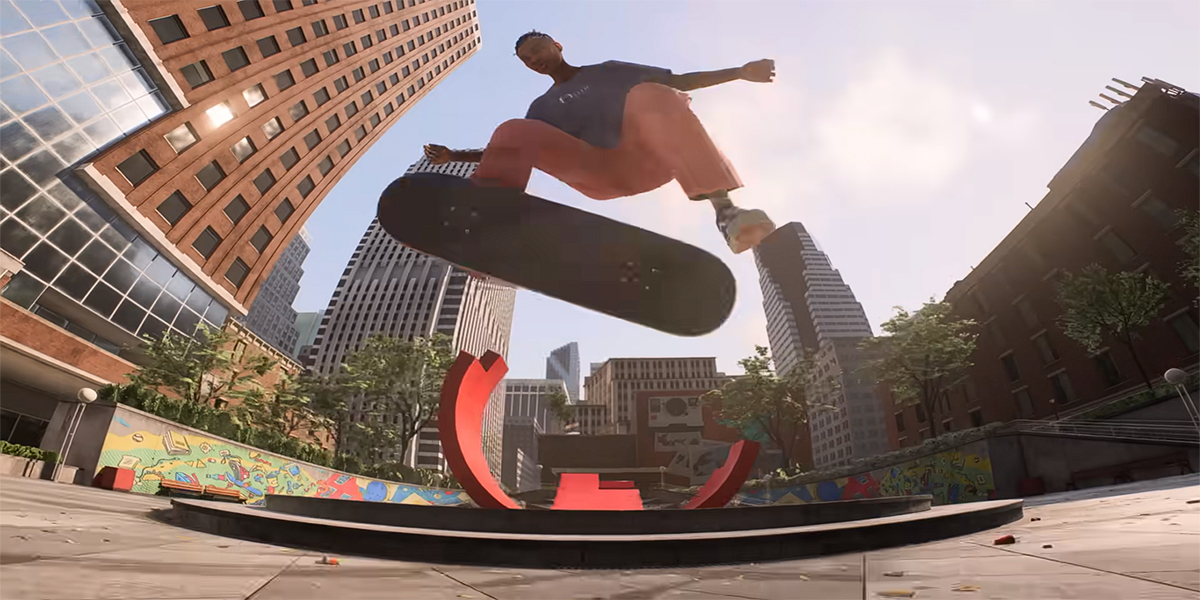Quick guide to take better photos of the sky at night

Photography is quite a complex art. It’s much more than pointing to the sky and waiting for the photos to come out just because. Things are not like that, and each type of photography has its basic concepts and techniques that must be followed in order to have the best possible results.
And among the most complicated types of photography there is, without a doubt, night photography and is generally centered on the sky at night. Therefore, below you will be seeing a quick guide to improve your photos in this environment and make them stand out much more.
The equipment is one of the determining factors in night photography

When talking about professional photography, the equipment is always essential and essential to achieve unique photographs that stand out from the rest, and this It is not an exception, much less for night photography. In fact, beginners will find that low-light conditions can be more challenging than shooting during the day.
Having said that and going directly to the equipment, the best thing you can do to take good photos of the sky at night is to use a camera with a manual exposure mode. Usually, the best option is to get a digital SLR or a mirrorless camerasince from there you can have more control over various fundamental aspects of photography, such as white balance, shooting in RAW, among many other things.
Outside the camera, a lens that would certainly help you get a professional result and with as much sky as possible, is a wide angle. Ideally, get a 24mm or wider lensin addition to the fact that it can have a very wide aperture, such as f / 2.8 or / 1.8, which are ideal for night photography.
You can’t forget a good tripod and a shutter release either, because even if you try as subtly as possible, every time you press the button to take photos the camera will move a littleAnd this is something that always happens. Therefore, the best thing you can do is get a remote shutter release to take the photos wirelessly.
Camera settings

As we previously mentioned, you will need to use the manual mode of your camera so you can have full control of the configuration of this. You can experiment with different conditions to take your photos, but ideally it should have the following guidelines:
– Shutter speed: 15 seconds
– Aperture: f/2.8
– ISO: 800
longest exposure

Night photo with 32 seconds of exposure with a OnePlus 10 Pro mobile
It stands to reason that if you use an exposure of several seconds, the camera will capture more light from the stars, the sky, and the horizon, making it brighter than it really is. Yes indeed, once you begin to move to exposures of several minutes, the star trail phenomenon appears.
The earth is always turning, and although the movement is imperceptible, the camera does capture moments where the stars are clearly seen moving. Already in case you want to improve your technique and that your stars are sharp and without trails, you can use rules known as NPF or 500 to calculate the shutter speed.
post processing

Last but not least in this post, there is the editing and post-processing work that will give the final touch to your photographs. Using programs like Photoshop or Lightroom, you’ll need to adjust exposure, noise, curves, and levels to increase contrast, as well as brighten specific colors, so now you know.




